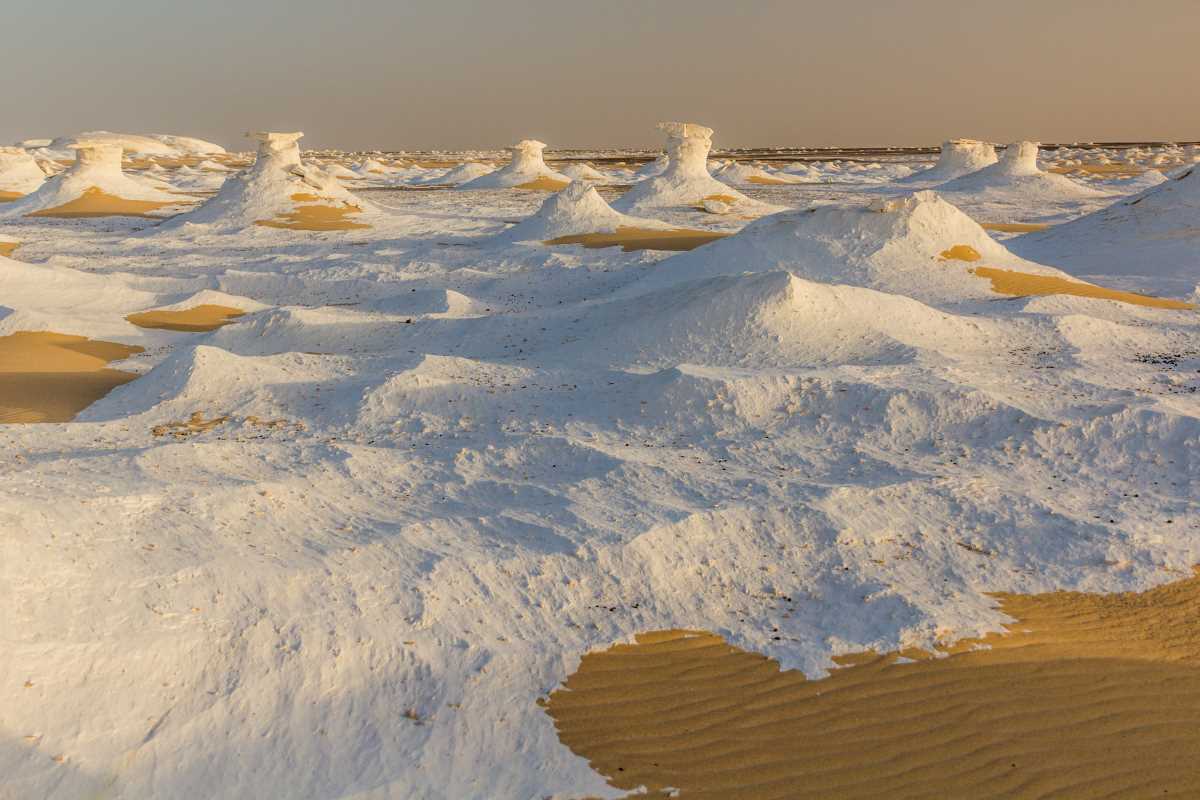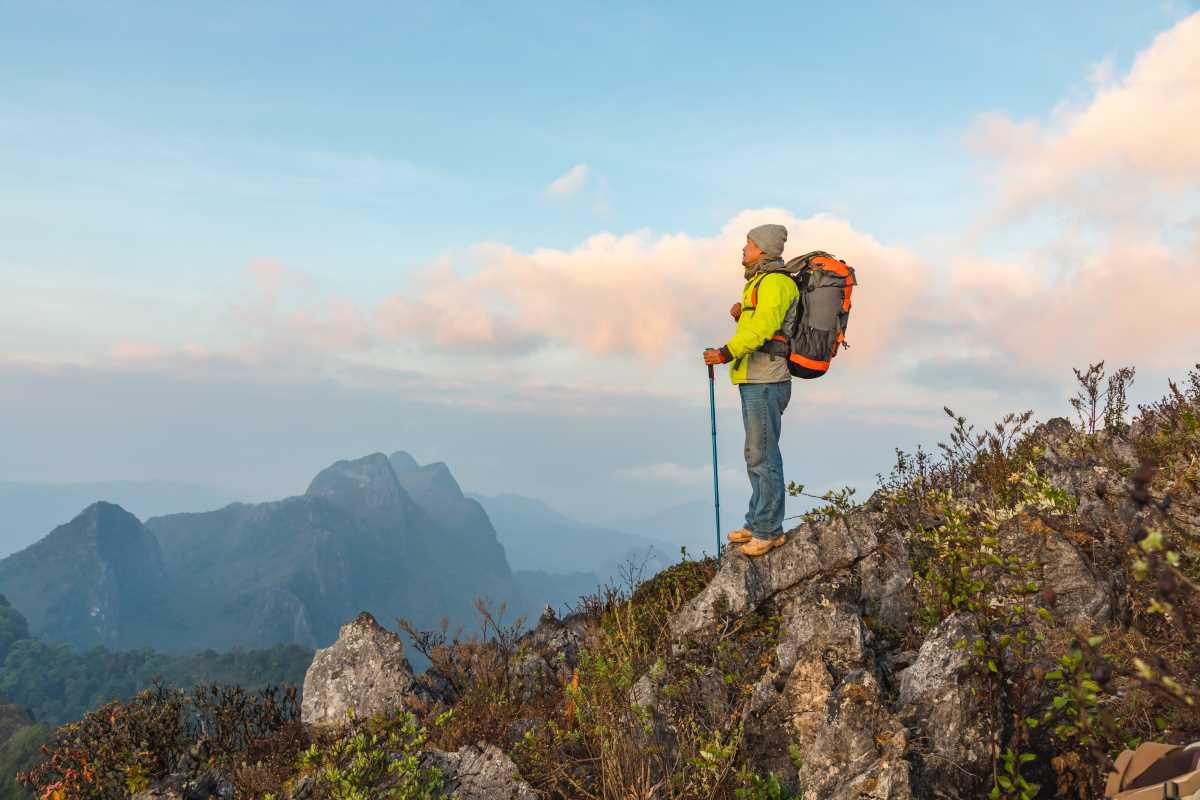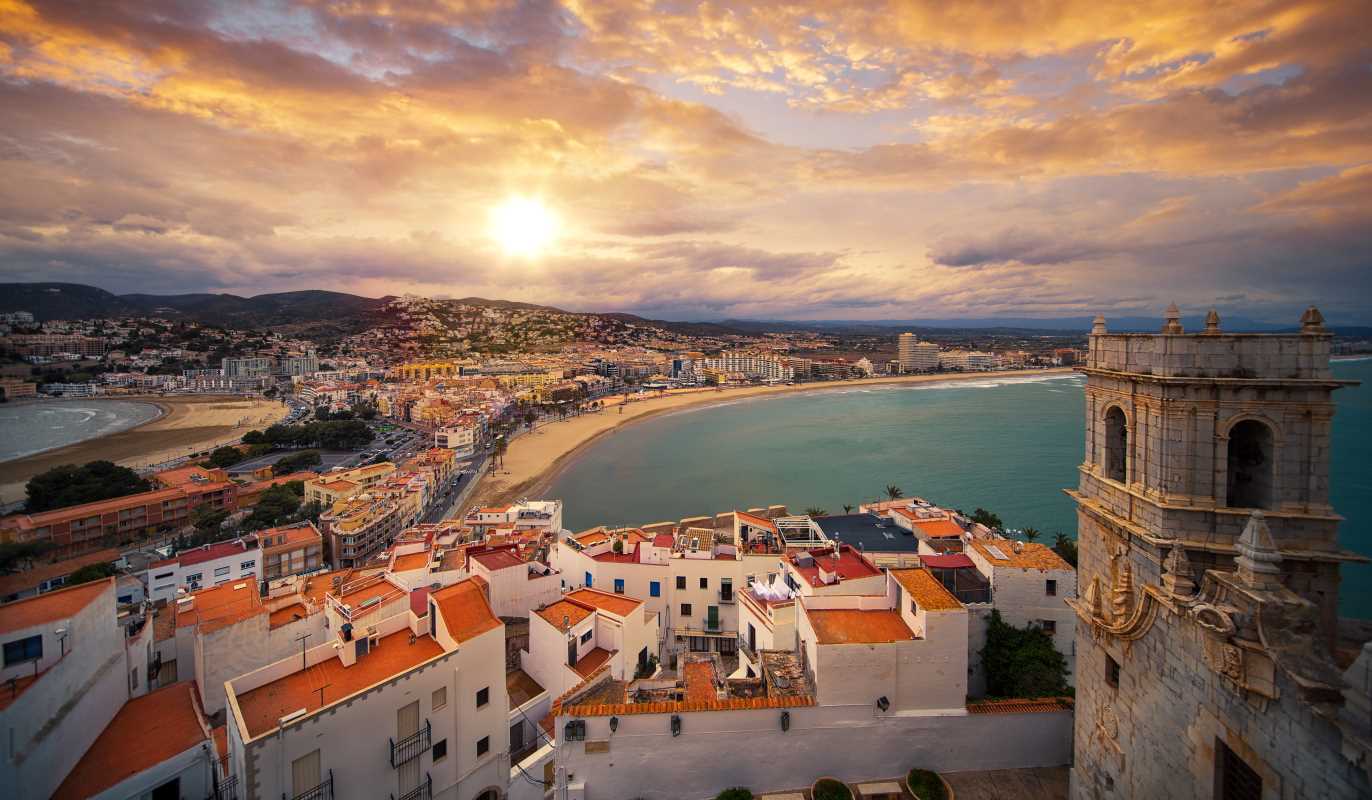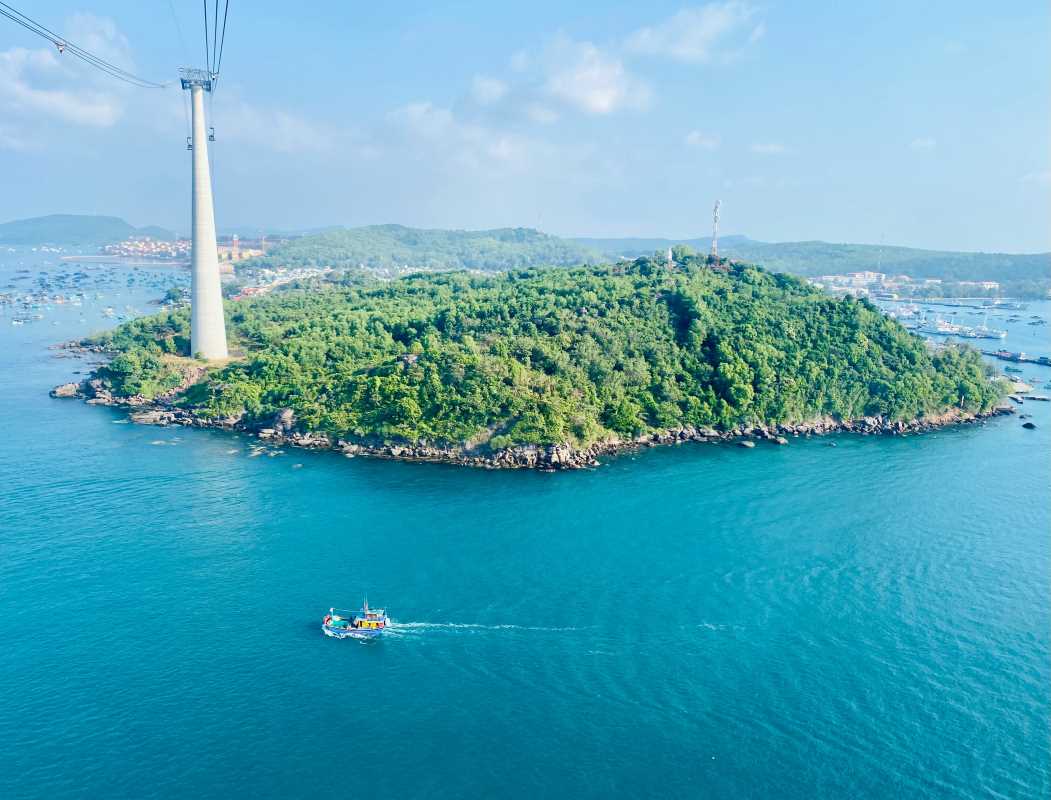Picture yourself surrounded by a snowy white landscape that isn’t snow, with surreal rock formations rising dramatically around you. This is Egypt's White Desert, a unique stretch of the Sahara that feels like stepping onto another planet. Known for its dazzling chalky terrain and bizarre limestone shapes, the White Desert promises moments of awe at every turn. From the famous Crystal Mountain to the chance to spot wildlife like fennec foxes, it’s a destination for photographers, adventurers, and dreamers. And it doesn’t stop there. Whether camping beneath a riot of stars or savoring Bedouin hospitality near the oases, the White Desert offers experiences as rich as its scenery. Here’s how to make the most of your visit to this otherworldly location.
A Landscape Sculpted by Nature
The White Desert, officially called “Sahara el Beyda,” is in western Egypt, about 500 kilometers from Cairo. It’s part of the Farafra depression, where winds have carved chalk and limestone into formations that resemble mushrooms, birds, and icebergs. The famous “Chicken and Mushroom” rock is one such quirky silhouette that visitors love to spot. Among all these formations, Crystal Mountain stands out. This natural arch, made entirely of quartz, glistens like diamonds in the sunlight and is a must-see stop for anyone visiting the desert.
The terrain, once an ancient seabed, took millions of years to transform into the pale expanse visible today. During the day, the sun bounces off the chalk-white landscape, creating an otherworldly glow. At sunset, golden and pink hues paint the scene in softer tones. But nighttime might just be the most magical. Under the vast Saharan sky, you’ll see countless stars blazing bright, giving you some of the clearest stargazing opportunities available anywhere on Earth.
The Desert’s Hidden Life
Though much of the desert appears lifeless at a glance, it’s home to surprisingly diverse wildlife that has adapted to thrive in such harsh conditions. Keep an eye out for the nimble Dorcas gazelle, the small but cunning sand fox, and perhaps the best-known resident, the fennec fox. These tiny foxes, with their oversized ears, are nocturnal creatures that sometimes visit campsite edges at night in search of food. Desert life also includes creatures like sand cats, jackals, and even barbary sheep in the park’s far reaches.
Activities in the White Desert
1. Safari Adventures
Exploring the White Desert typically starts with a guided safari. Skilled local guides know how to safely traverse the challenging soft sands, usually in 4x4 vehicles. They’ll take you to highlights such as Crystal Mountain, the Great Sand Sea, and the Mushroom Fields. For thrill-seekers, consider sandboarding down dunes, a heart-pumping way to interact with this landscape.
2. Camping Under the Stars
Sleeping in the White Desert is an unparalleled experience. Most guided tours include camping, with tents and meals provided by your hosts. Imagine sipping on steaming mint tea under an endless blanket of stars while the faintest desert breeze cools the air. It’s worth noting that while the area is generally considered safe, the adorable and opportunistic fennec foxes may shuffle into your camp looking for scraps, so secure your food carefully! Pack plenty of warm clothing, as temperatures dip sharply at night, even in the warmer months.
3. Cultural Visits at Bashendi Village
Not far from the White Desert lies Bashendi Village, a tranquil settlement offering a glimpse into traditional Bedouin life. The Bedouin people, who have lived in this region for centuries, are known for their rich oral storytelling traditions and hospitality. Visitors can enjoy hearty meals like lamb stew or Bedouin bread freshly baked over coals. If you’re lucky, you might hear stories of the desert’s history, including its role as a trade route and source of ancient Egyptian artifacts.
Planning Your Trip
When to Visit
For the best experience, plan your trip between October and March when daytime temperatures are mild. Temperatures can soar past 50°C (122°F) in the summer, making it unsafe and uncomfortable to explore. Winter nights, however, can be cold, so bring layers. Some sources suggest that the area can theoretically be visited year-round, but the cooler months undeniably provide a more pleasant experience.
How to Get There
Most visitors travel to the White Desert from Cairo, with a five-hour drive taking you to the gateway city of Bahariya Oasis. This lush patch offers accommodations ranging from eco-lodges to simple guesthouses, making it a convenient base for exploring. From Bahariya, your guide will handle transportation into the desert itself.
What to Bring
Pack light, breathable clothes for daytime and warm layers for camping at night. Essentials also include sunscreen, sunglasses, and a hat to protect you from the unforgiving sun. Don’t forget a sturdy pair of shoes for exploring uneven terrain and a camera to capture the dreamlike scenery.
Respect the Environment
The White Desert is a national park, protected for its unique landscape and biodiversity. Visitors are encouraged to leave no trace. That means no littering, no taking rocks as souvenirs, and no damaging the fragile rock formations. By respecting this breathtaking environment, you’ll be doing your part to ensure its preservation for generations to come.
Don’t miss the chance to explore this hidden gem the next time Egypt tops your travel list. From its bizarre and beautiful landscapes to the warm smiles of the Bedouin people, the White Desert promises an adventure that defies comparison.
 (Image via
(Image via





